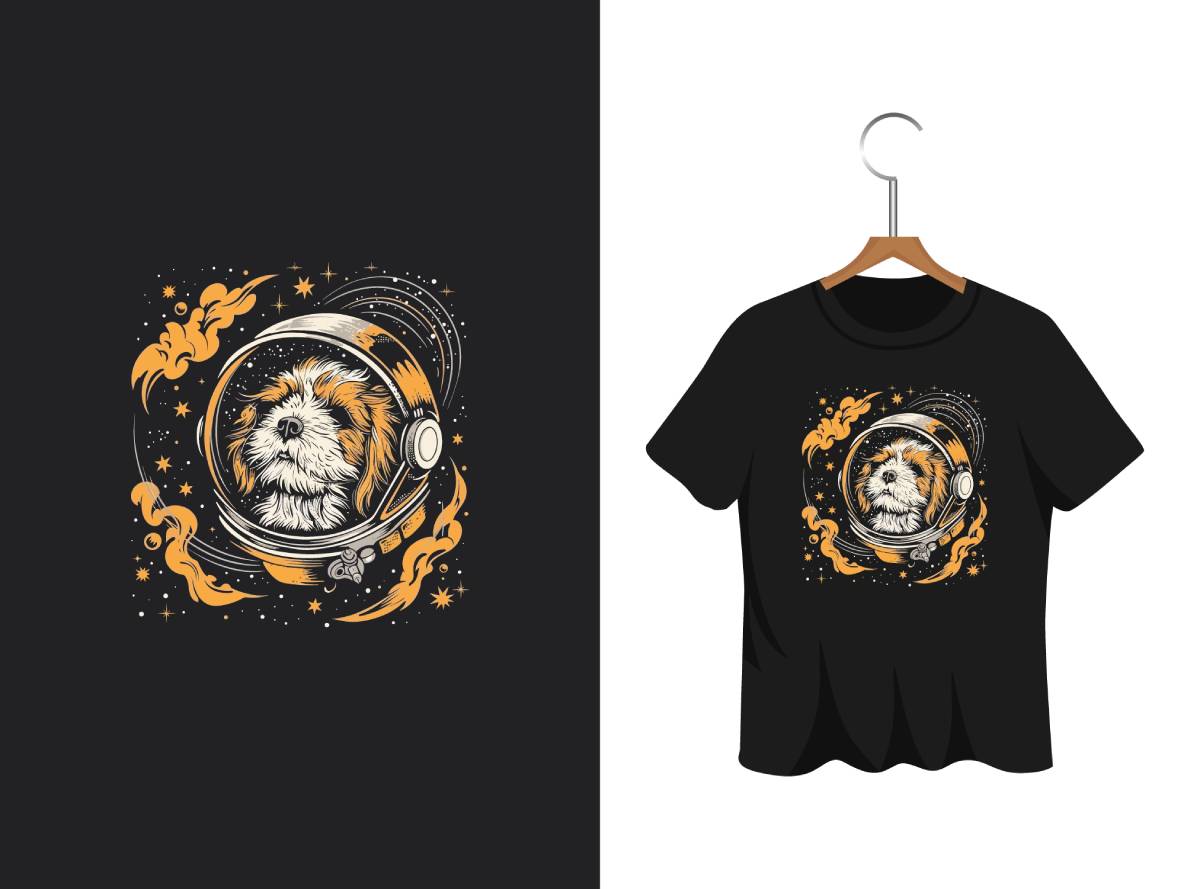
Cost-Effective Printing with DTF Transfer Technology
Why DTF Transfers Are a Budget-Friendly Choice
For businesses looking to reduce costs while maintaining quality, DTF transfer technology provides an efficient solution. Unlike traditional printing methods, DTF transfer requires fewer setup costs and eliminates expensive screen preparation. This affordability makes it ideal for small businesses and large-scale production alike.
Minimizing Material Waste with DTF Transfers
One of the key benefits of DTF transfers is their ability to reduce material waste. Unlike vinyl and screen printing, which often require excess materials, DTF transfer technology allows for precise, on-demand printing. This efficiency translates to cost savings and a more sustainable printing process.
Lower Equipment Investment for DTF Transfer Printing
Unlike other printing techniques that require extensive machinery, DTF transfer technology is more accessible. A high-quality DTF transfer setup consists of a specialized printer, transfer film, adhesive powder, and a heat press. The lower initial investment makes it a cost-effective choice for businesses of all sizes.
Bulk Production Advantages with DTF Transfers
For high-volume printing, DTF transfer technology offers unparalleled efficiency. Unlike direct-to-garment printing, which requires extended drying times, DTF transfer designs can be printed in advance and applied as needed. This allows for seamless batch production without compromising print quality.
Labor and Time Efficiency in DTF Transfer Applications
The streamlined application process of DTF transfers saves both time and labor costs. With no need for intricate weeding or layering, DTF transfer designs can be applied quickly and efficiently. This speed benefits businesses handling large orders or custom apparel printing services.
Expanding Business Opportunities with DTF Transfers
By adopting DTF transfer technology, businesses can expand their product offerings without increasing costs. The versatility of DTF transfers allows for printing on various fabric types, providing new opportunities in custom apparel, promotional merchandise, and branding.
Conclusion
Cost-effective printing with DTF transfers offers businesses a scalable and efficient solution. With reduced material waste, lower equipment investment, and streamlined production, DTF transfer technology provides high-quality prints at a fraction of the cost. Embracing this method allows for growth, flexibility, and enhanced profitability in the custom printing industry.
Frequently Asked Questions
-
Why is DTF transfer more cost-effective than other methods?
- DTF transfers require minimal setup costs and reduce material waste, making them a budget-friendly option.
-
Can DTF transfers be used for bulk printing?
- Yes, DTF transfers are ideal for bulk production, allowing businesses to print designs in advance and apply them as needed.
-
What kind of equipment is needed for DTF transfer printing?
- A DTF transfer setup includes a specialized printer, transfer film, adhesive powder, and a heat press.
-
How does DTF transfer reduce material waste?
- DTF transfers allow for precise, on-demand printing, eliminating excess material usage compared to traditional methods.
-
Can small businesses benefit from DTF transfer technology?
- Yes, DTF transfers are highly accessible, making them an excellent choice for small businesses looking to expand their printing capabilities.
-
Is DTF transfer faster than screen printing?
- Yes, DTF transfers eliminate complex setup processes, allowing for quicker production and application.
-
Does DTF transfer printing require high labor costs?
- No, DTF transfers streamline the application process, reducing the need for intensive labor.
-
Can DTF transfers be used on different fabrics?
- Yes, DTF transfer technology is compatible with various fabric types, including cotton, polyester, and blends.
-
How long do DTF transfers last?
- With proper care, DTF transfers maintain their quality and durability even after multiple washes.
-
Are DTF transfers environmentally friendly?
- Yes, DTF transfers produce minimal waste compared to other printing methods, making them a more sustainable option.